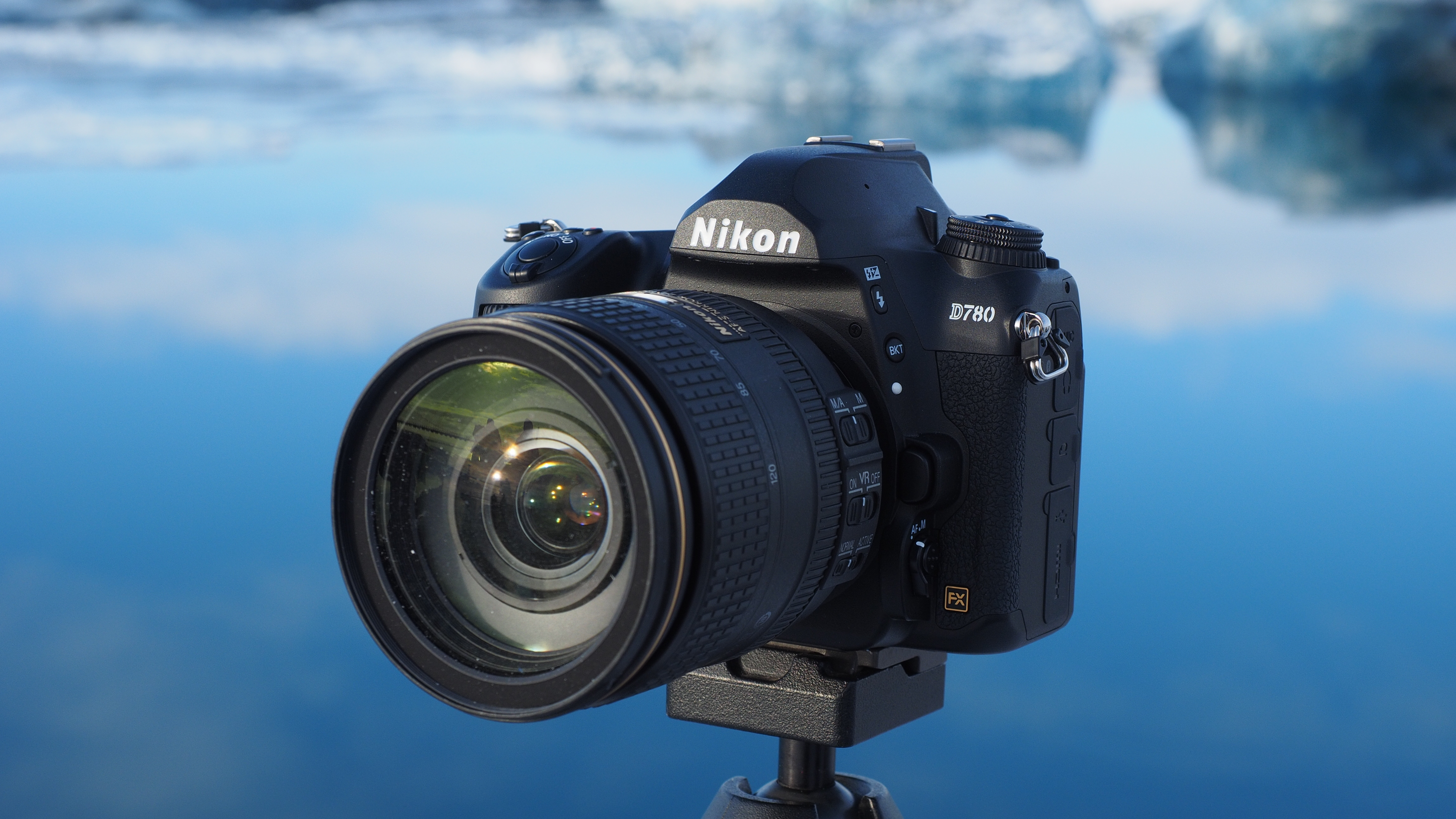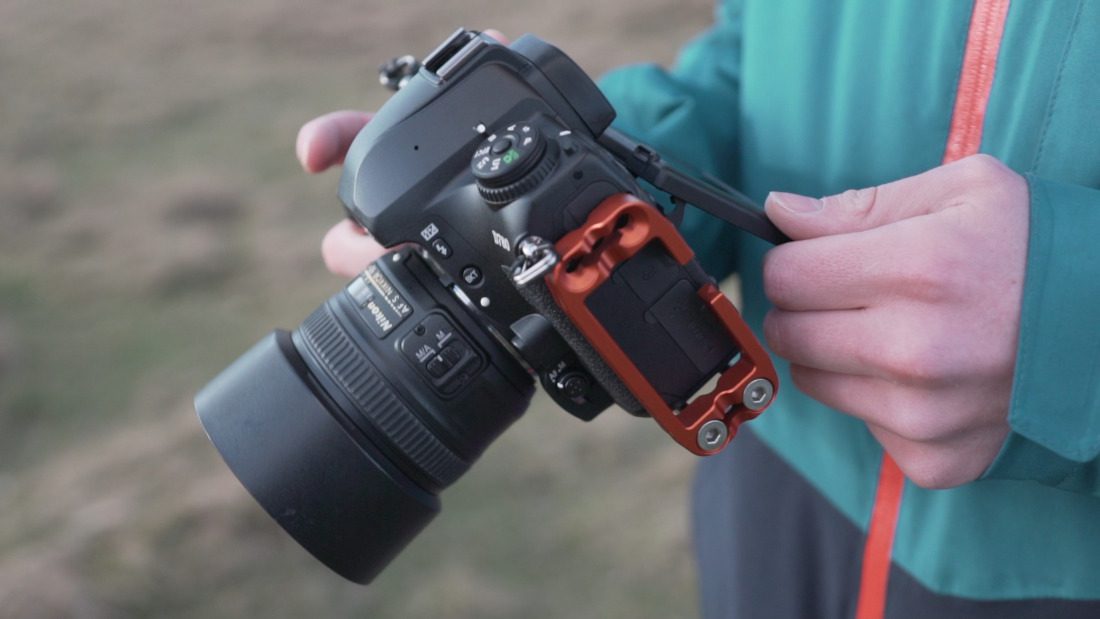The Nikon D780 is a DSLR. It’s still built around a 24MP sensor and 51-point AF system, is available now with an MSRP of $2,299.95 or as a kit with the AF-S 24-120mm F4G ED VR lens for $2,799.95.

Key Specifications:
- 24.5MP BSI CMOS full-frame sensor with on-sensor phase detection
- 7 frame per second shooting (12 fps in 12-bit electronic shutter mode)
- UHD 4K capture at up to 30p from the full width of the sensor
- 51-point AF module supported by 180,000 pixel RGB metering sensor
- 273 point on-sensor PDAF in live view (sensitive to -4 EV)
- 3.2″, 2.36M-dot touchscreen
- Shutter range of 900 – 1/8000 sec
- 10-bit video output over HDMI
- 2260 shots per charge with viewfinder
- Dual UHS-II SD card slots
- Snapbridge Bluetooth and Wi-Fi system (with Raw and video transfer)

The D780’s ergonomics are really good and gives you an overall polished experience, just like the D750. The D780 also Gains a dedicated AF-ON button which is really intuitive and useful to use; The Tilting screen is now touch-sensitive which helps you control the AF points and also some of the camera settings; The onboard flash has been eliminated too, which isn’t that big of a deal, the users of the cameras didn’t even use the inbuilt flash on their camera’s too (I’m asking you, do you use your inbuilt flash?); Finally, the Battery can be charged over USB-C, The D780 promises an impressive level of battery endurance when shot through the viewfinder. This was a real hassle taking out the battery when it’s needed, now supposedly you could use the USB-C with a power bank to continue capturing images.

Now onto Customization; Menus are consistent with past Nikon cameras so you won’t get confused as to where a setting is, The camera’s quick-access ‘i menu’ can be customized to one’s liking. Users can even set it up separately for through-the-finder stills shooting vs live view stills shooting vs video shooting; Likewise, button customization can be setup separately for stills and video shooting, Mapable buttons are really an awesome thing to have.

Now Here’s a long list of Pros and Cons, although I will say, what it doesn’t have, it makes it up with what it does have.
Pros
- Rugged, weather-sealed body.
- Very good JPEGs, flexible Raw files.
- Easy wireless sharing.
- Good battery life compared to mirrorless counterpart.
- USB battery charging (with EN-EL15b batteries).
- Excellent oversampled 4K video
- Good video AF
- Effective electronic video stabilization, but with a crop
- 1080/120p for slow-motion video
- Separate exposure settings for stills and video
- 10-bit Log output to external recorder
- Focus peaking and zebra warnings
- Headphone and mic sockets
- Face detect identifies subjects with ease
- Articulating touchscreen display
- Focus stacking mode
- Good low light AF
- Attractive JPEG skin tones
- Lots of portraits lenses for the system
- Eye detect in live view
- Good focus tracking through the finder
Cons
- No in-body stabilization
- A fully-articulating screen would be nice
- There are smaller, lighter options available
- Default JPEG noise reduction a tad strong at upper ISOs
- No eye detect when shooting through the finder
- Lacks resolution of some competitors
- No high-resolution mode
- Some shutter shock at slower shutter speeds when using long focal lengths, use the ‘Quiet shutter-release’ mode + electronic first-curtain shutter for best results
- No eye detect when shooting through the finder
- Size-wise this is not the most discreet camera
- Through the finder AF point spread limited to center portion of frame
- No AF joystick or Touchpad AF when shooting through the finder

Image Quality; The Raw image quality of the D780 is class-leading with good dynamic range, high levels of detail and good high ISO performance; It’s Default JPEG color is class-leading and Default JPEG noise reduction can be a tad aggressive, blurring fine detail at high ISOs. There’s, Noticeable shutter shock at focal lengths beyond 85mm when shooting at slower shutter speeds (~1/30s). Upping your shutter speed or using the camera’s ‘Quiet Mode’ with EFCS on can avoid this.

If we get into the Autofocus and Performance of the D780, it has Excellent AF-C performance whether shooting through the finder or in live view, Face detect works well through the finder and in live view, Accurate eye detect in live view (not available through the finder), Subject tracking in live view is cumbersome to use and unreliable compared to subject tracking through the finder, Different AF area modes between finder and live view shooting can be confusing, Live view AF offers more points and greater coverage than through the finder, Finally, 7 fps burst with AF when shooting through the finder, 12 fps burst with AF in live view (albeit with significant rolling shutter and 12-bit Raw)
The Nikon D780 is a very good camera, all around. Image quality from its full-frame 24MP sensor is class-leading: Raw files offer excellent dynamic range, great noise performance and plenty of detail. JPEG color is also outstanding, though noise reduction can be a little aggressive (this can be turned down).

On the video side, the D780 is also quite compelling. The quality of its 4K footage is excellent and nearly class-leading. And the suite of video tools and features is truly impressive. Unlike its predecessor, the D750, the D780 has on-sensor phase detect points and offers outstanding video autofocus with face detection. While there’s no in-body stabilization here, the camera’s electronic video stabilization is effective for hand-held shooting though it comes with a 1.1x crop.



